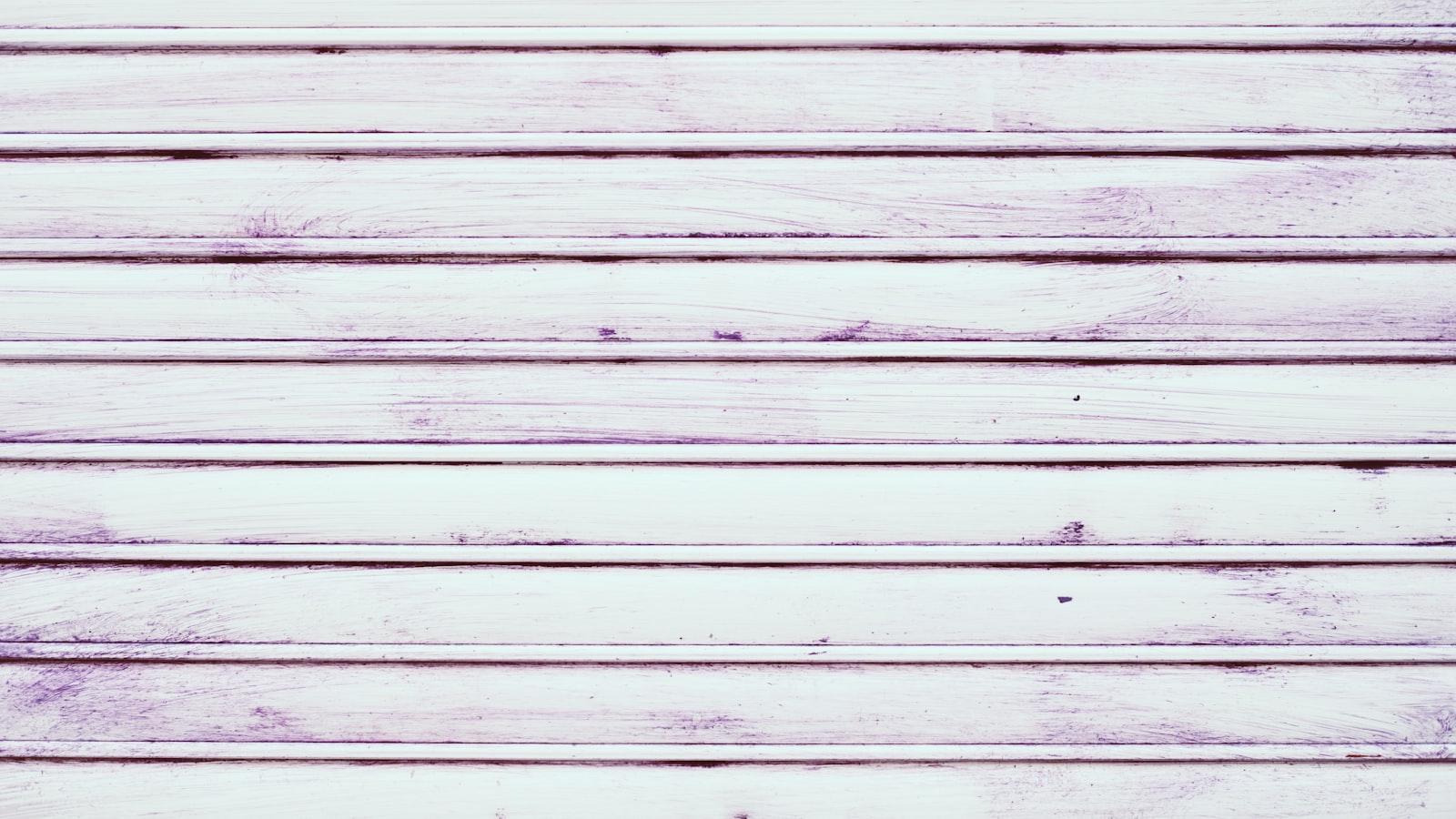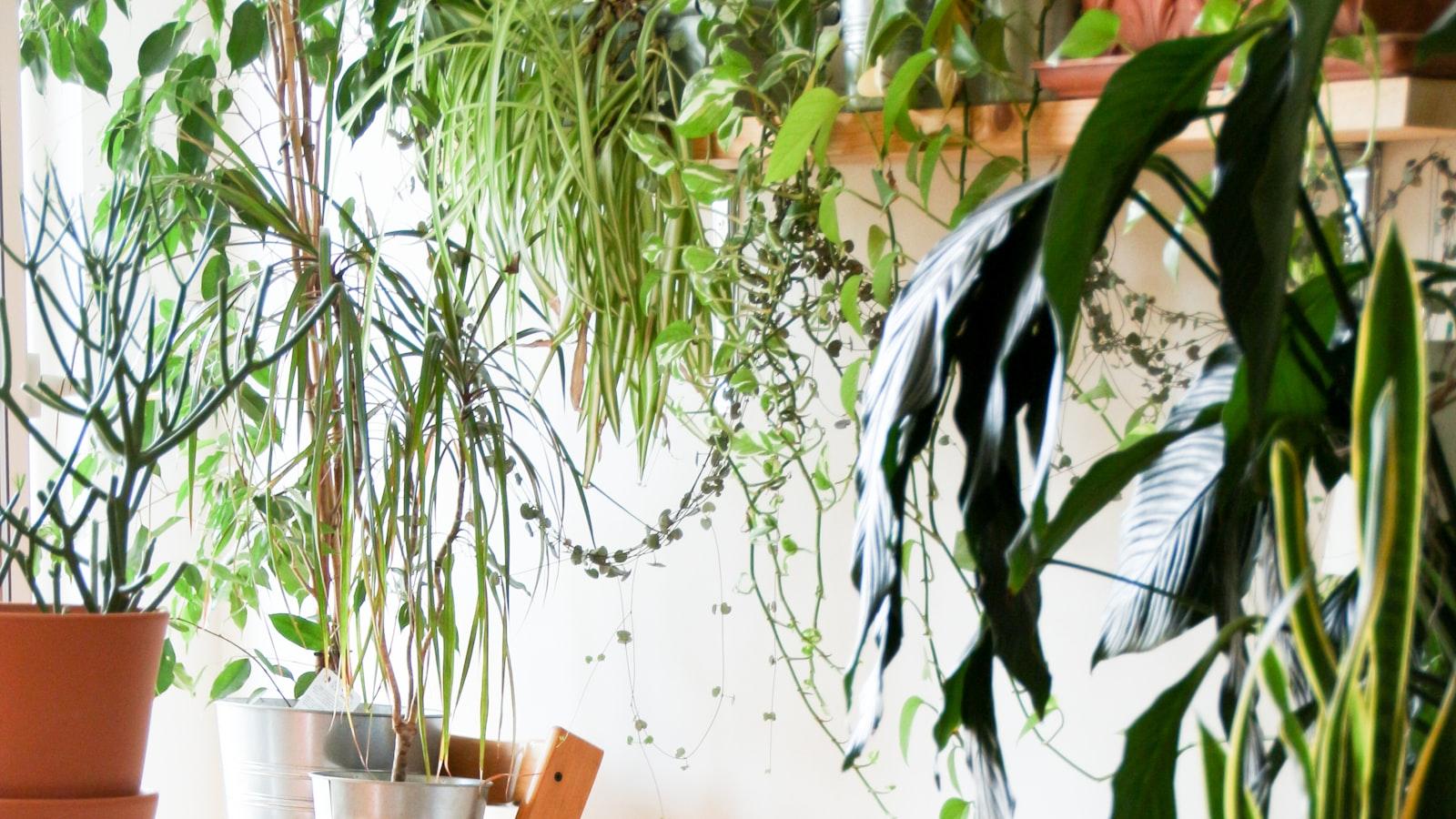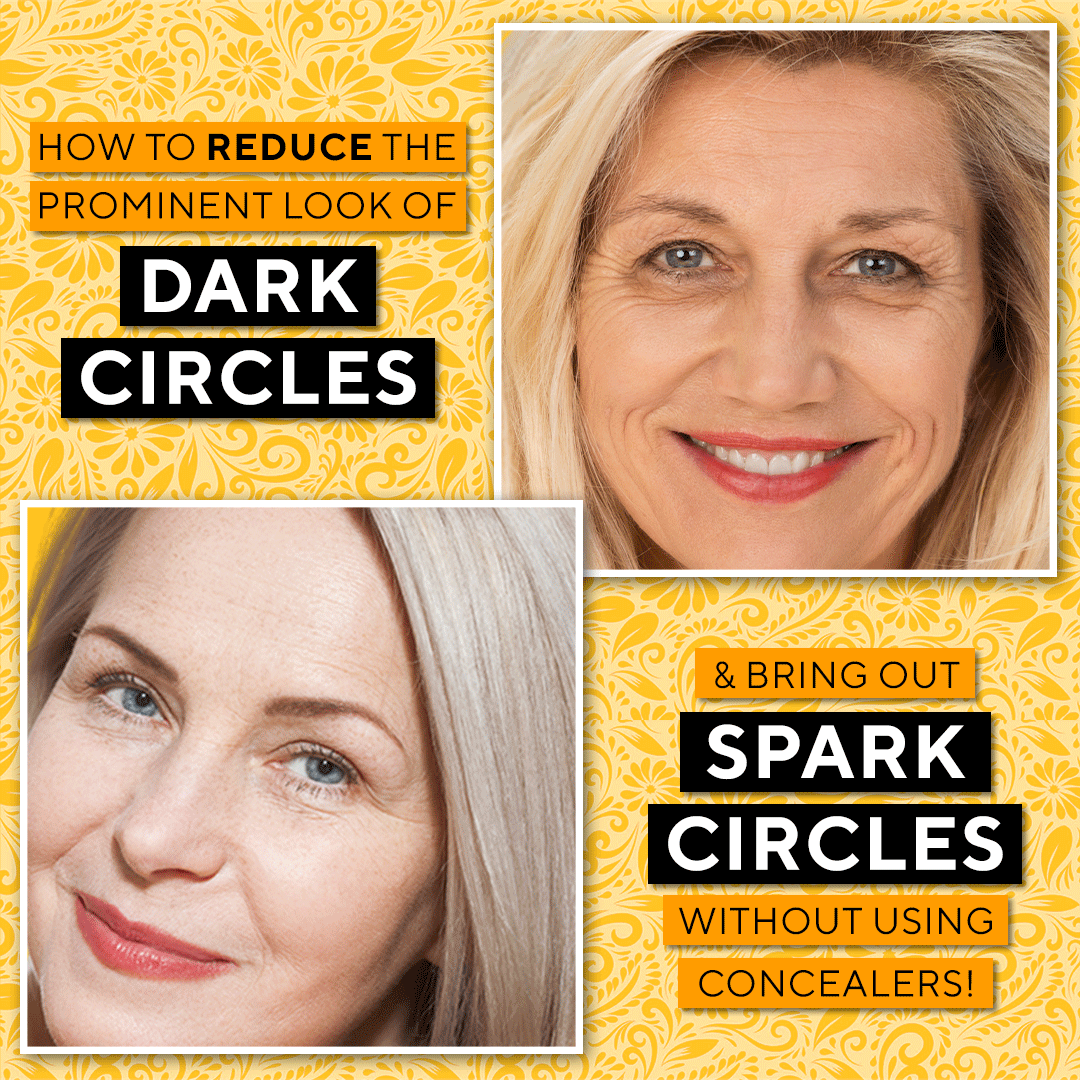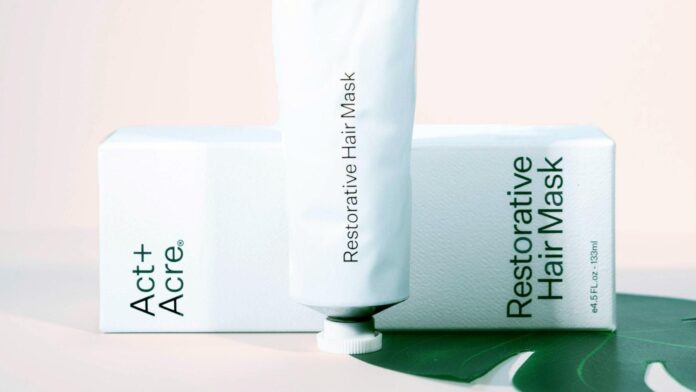Step inside a world where sustainability meets style, where conscious choices pave the way to healthier living spaces. Welcome to “The Great Indoors: Choosing Eco-friendly Materials for Healthier Interiors,” an enlightening journey that explores the art of making responsible selections when it comes to the very fabric of our homes. In a time when the environment calls for our unwavering attention, we embark on a quest to uncover the hidden gems, the materials that redefine a cozy retreat while nurturing the planet. Together, let us dive into a realm of creativity and innovation, celebrating the harmony between impeccable design and mother nature herself. Buckle up, for we are about to embark on a voyage that will forever transform the way we view our humble abodes.
Eco-friendly Materials: Promoting Sustainable Interiors and Personal Health
The choice of materials for your home’s interior design not only affects the overall aesthetic appeal but also has a significant impact on your personal health and the environment. By opting for eco-friendly materials, you can create a sustainable and healthier living space. When it comes to flooring, consider using options such as bamboo, cork, or reclaimed wood. These materials not only add a touch of natural beauty to your interiors but are also renewable and biodegradable. Moreover, they have low VOC (volatile organic compound) emissions, ensuring better indoor air quality for you and your family.
Furniture and upholstery play a crucial role in creating a comfortable living environment. Look for pieces made from sustainably sourced materials, such as certified wood or natural fibers like organic cotton, hemp, or linen. Not only are these materials free from harmful chemicals, but they are also durable and long-lasting. Incorporating indoor plants into your décor can also enhance the overall eco-friendliness of your interiors. Plants not only provide aesthetic appeal but also purify the air by absorbing toxins and releasing oxygen. Some options, such as the snake plant or aloe vera, are known for their ability to filter common indoor pollutants, promoting a healthier indoor environment for you and your loved ones. Make sure to research the specific care requirements of each plant to ensure optimal growth and well-being.
Here’s a table showcasing different eco-friendly materials along with their benefits:
| Material | Benefits |
|---|---|
| Bamboo | Renewable, biodegradable, low VOC emissions |
| Cork | Renewable, sound-insulating, hypoallergenic |
| Reclaimed Wood | Recycled, unique character, reduces waste |
| Organic Cotton | Chemical-free, soft, breathable |
| Hemp | Fast-growing, strong, resistant to pests |
| Linen | Natural, hypoallergenic, moisture-wicking |
By choosing eco-friendly materials for your interiors, you not only contribute to a greener planet but also create a healthier and more sustainable indoor environment. Consider these options when designing or renovating your home to enjoy the benefits of an eco-conscious lifestyle while staying true to your aesthetic preferences. Embrace the great indoors with eco-friendly materials and take a step towards a more sustainable future.
Evaluating Environmental Impact: Key Considerations for Indoor Design Materials
When it comes to creating healthier and more sustainable interiors, choosing eco-friendly materials is a paramount decision. Not only do these materials contribute to a reduced environmental impact, but they also improve air quality and promote a healthier living or working environment. Here are some key considerations to keep in mind when evaluating the environmental impact of indoor design materials:
1. Recyclability
Opt for materials that can be easily recycled or reused. By choosing products that have a second life cycle, we can significantly reduce waste and conserve resources. Look for materials that come with recyclability certifications to ensure their authenticity.
2. Renewable Resources
Consider materials that are sourced from renewable resources, such as bamboo or cork. These natural options are not only abundant but also help to foster sustainable practices. By selecting materials that can be replenished over time, we contribute to the preservation of our environment, reducing our reliance on finite resources.
| Material | Eco-friendly Feature |
|---|---|
| Recycled Glass | Made from recycled materials, reduces waste |
| Bamboo | Rapidly renewable resource |
| Linoleum | Manufactured from natural, renewable ingredients |
By being mindful of these key considerations, you can select indoor design materials that not only beautify your space but also positively impact the planet. Choose materials that align with your eco-conscious values, and together we can create healthier and greener indoor environments.

Safe and Healthy Choices: Recommendations for Eco-conscious Interior Design
Creating a Healthy and Sustainable Home
When designing interiors, it’s important to consider not only aesthetics but also the impact our choices have on the environment and our well-being. By embracing eco-conscious design principles, we can create a safe and healthy space that not only looks beautiful but also promotes a sustainable lifestyle. Here are some recommendations for choosing eco-friendly materials that will contribute to healthier interiors:
- Opt for Natural and Renewable Materials: Selecting materials like bamboo, cork, reclaimed wood, and natural fibers such as organic cotton or hemp for furniture, flooring, and textiles can significantly reduce our carbon footprint.
- Avoid Harmful Chemicals: Steer clear of materials containing toxic substances such as formaldehyde, VOCs (volatile organic compounds), and flame retardants. Opt for paints, adhesives, and sealants that are low or zero in VOCs.
- Invest in High-Quality Furnishings: Choosing well-crafted, durable furniture made from sustainable materials not only reduces waste but also ensures longevity. Look for certifications such as Forest Stewardship Council (FSC) for wood furniture, indicating responsible sourcing practices.
- Embrace Natural Lighting: Maximize the use of daylight by incorporating large windows, skylights, and light-colored furnishings and materials. This not only reduces the need for artificial lighting but also contributes to a healthier living environment.

Creating a Greener Home: Prioritizing Sustainable Materials in Interior Spaces
When we think about leading a more sustainable lifestyle, it’s essential to consider the materials used in our interior spaces. By consciously choosing eco-friendly materials, we can create a greener home that promotes both environmental and personal well-being. Making these conscious choices means prioritizing materials that are renewable, non-toxic, and have a lower carbon footprint.
One fantastic option for sustainable materials is bamboo. Not only is bamboo a rapidly renewable resource, but it also has a high strength-to-weight ratio, making it an excellent alternative to traditional wood. In addition, bamboo flooring and furniture can add a touch of elegance and warmth to any space. For those looking for a more natural and calming aesthetic, consider using organic fabrics such as hemp or linen for upholstery and curtains. These materials are not only biodegradable but also require fewer pesticides and water during production compared to conventional cotton. By embracing these sustainable options, we can create a home that is not only beautiful but also promotes a healthier indoor environment for ourselves and our loved ones.
In the quest for a greener home, it’s important to consider the impact of our lighting choices. Opting for energy-efficient LED bulbs can significantly reduce both energy consumption and utility costs. LED bulbs have a longer lifespan than traditional incandescent bulbs and produce less heat, making them safer and more cost-effective. Furthermore, incorporating natural lighting in our spaces can also reduce the need for artificial lighting during the day. Installing larger windows or skylights brings natural light into our home, creating a brighter and more uplifting atmosphere. Additionally, incorporating indoor plants not only adds a touch of greenery but also improves indoor air quality by naturally filtering out harmful pollutants. By choosing sustainable lighting options and embracing nature indoors, we can create a healthier and more eco-friendly living environment that benefits both ourselves and the planet.
Future Outlook
As we conclude our exploration of “The Great Indoors: Choosing Eco-friendly Materials for Healthier Interiors,” we hope to have instilled in you a sense of awe for the transformative power of conscious design. In this age of increasing environmental awareness, it is critical that we extend our eco-conscious efforts beyond the boundaries of our homes and into the very fabrics that shape our daily lives.
By selecting eco-friendly materials for our interiors, we are not only nurturing the health of our planet but also safeguarding the well-being of our loved ones. From the ethereal allure of sustainable bamboo to the rustic charm of reclaimed wood, the possibilities for creating healthy and harmonious indoor spaces are limitless.
Embracing an eco-friendly lifestyle is not a mere trend, but a conscious commitment towards a more sustainable future. As we carefully curate the materials that grace our living spaces, we begin to weave a story of sustainability and nurture a deeper connection with nature.
The benefits of eco-friendly materials extend far beyond preserving our environment; they invite us to bask in the warmth of natural textures, indulge in the beauty of artisan craftsmanship, and revel in the knowledge that our choices are contributing positively to our collective well-being.
In the pursuit of healthier interiors, let us adopt a harmonious coexistence with nature—a partnership that transcends the boundaries of bricks and mortar. For as we reside within these walls, may we also thrive within a sustainable embrace, prioritizing renewable resources, and fostering environments that inspire healing and rejuvenation.
So, as you embark on your journey to create a healthier and more aesthetically pleasing sanctuary, remember the infinite possibilities lying within the realm of eco-friendly materials. Let your imagination soar, and your spirit align with a world that breathes with every fiber of its being. Together, we can transform our living spaces into sanctuaries of sustainable beauty, embracing the great indoors while preserving the wonder of the great outdoors.



